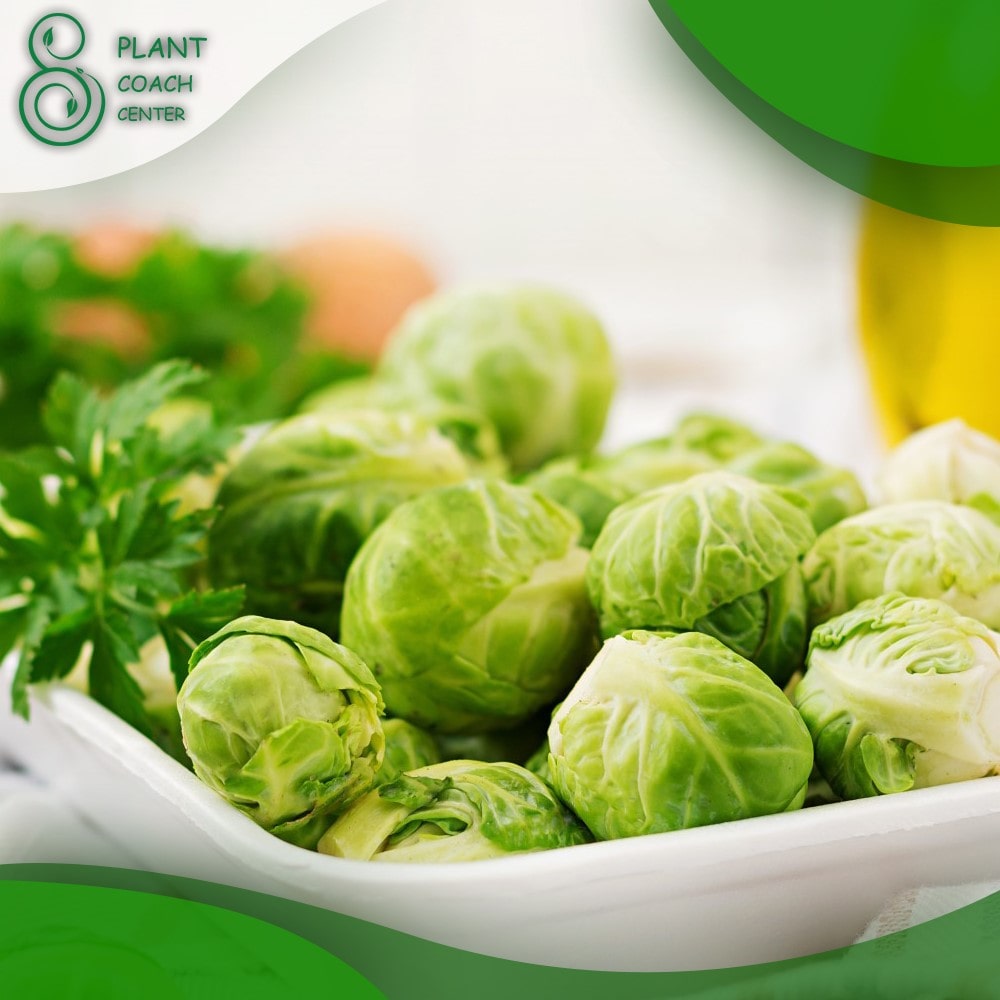When to Plant Brussels Sprouts in Zone 6
Introduction
Brussels sprouts have gained popularity among home gardeners for their unique flavor and nutritional value. If you’re located in Zone 6 and want to grow Brussels sprouts successfully, it’s crucial to understand the optimal timing for planting. In this comprehensive guide, we will explore when to plant Brussels sprouts in Zone 6, covering various aspects of cultivation, care, and troubleshooting. For further plant coaching resources, you can visit plantcoachcenter.com.
Understanding Brussels Sprouts
Brussels sprouts are small, cabbage-like vegetables that grow on stalks. They belong to the Brassica family and are packed with vitamins, minerals, and dietary fiber. Common varieties include ‘Long Island Improved,’ ‘Diablo,’ and ‘Jade Cross.’ These nutritious vegetables have become a favorite among gardeners due to their versatility in culinary applications. However, growing Brussels sprouts can present challenges, making proper timing and cultivation techniques essential for success.
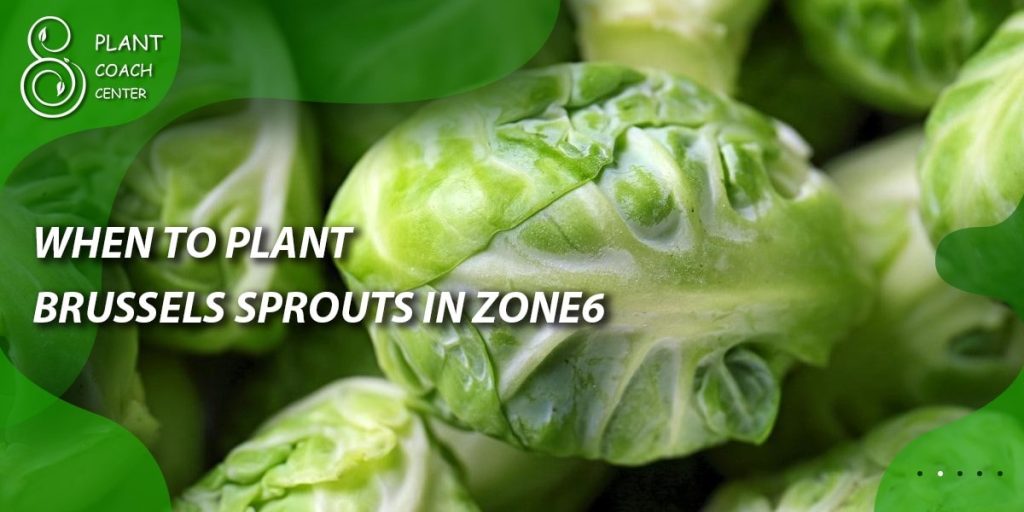
Climate and Hardiness Zone Considerations
When it comes to gardening, understanding your hardiness zone is crucial for selecting suitable plants and determining the right time for planting. Zone 6 encompasses regions with cold winters and moderate summers, experiencing an average minimum temperature range of -10°F to 0°F (-23°C to -18°C). Brussels sprouts thrive in cool weather and can tolerate light frosts, making them an excellent choice for Zone 6 gardens.
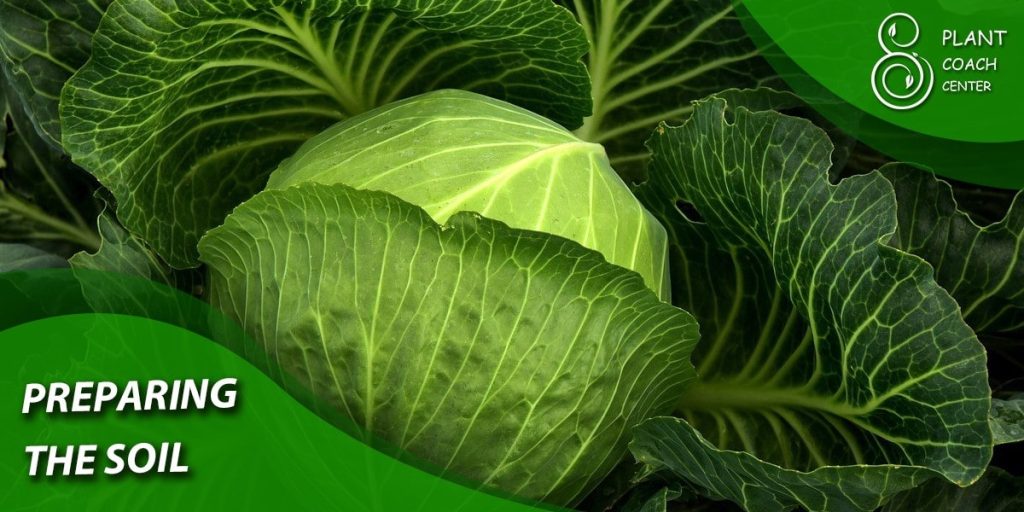
Preparing the Soil
Before planting Brussels sprouts, it’s important to prepare the soil adequately. These vegetables prefer well-draining soil with a pH level between 6.0 and 7.5. Start by removing any weeds or debris from the planting area. If the soil is heavy or compacted, incorporate organic matter such as compost or well-rotted manure to improve its structure and fertility. Additionally, consider conducting a soil test to determine if any specific nutrients need to be added.
Selecting the Right Varieties
Choosing the right Brussels sprouts variety is essential for a successful harvest. In Zone 6, it’s recommended to select varieties with different maturity dates to extend the harvest season. Early-season varieties like ‘Prince Marvel’ and ‘Dagan’ mature in approximately 80-90 days, while mid-season varieties such as ‘Bubbles’ and ‘Oliver’ require around 100-110 days. Late-season varieties like ‘Jade Cross’ and ‘Diablo’ can take up to 120-130 days to mature. Select varieties based on taste preferences, disease resistance, and yield potential.
Starting Seeds Indoors
For an early start, you can begin Brussels sprouts seeds indoors 6-8 weeks before the last frost date. Use seed-starting trays or small pots filled with a high-quality seed starting mix. Sow the seeds at a depth of ¼ to ½ inch (6-12 mm) and keep them in a warm location with temperatures around 70°F (21°C). Provide adequate moisture and ensure good airflow to prevent damping-off disease. Once the seedlings have grown to a suitable size, they can be transplanted into the garden.
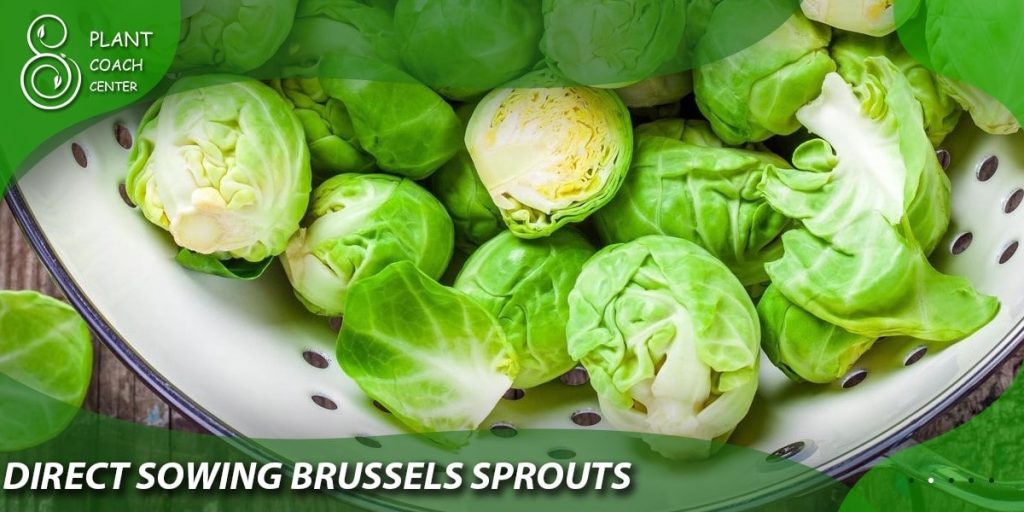
Direct Sowing Brussels Sprouts
Direct sowing Brussels sprouts seeds is another option for Zone 6 gardeners. It’s best to sow the seeds directly in the garden when the soil temperature reaches around 45°F (7°C) in early spring. Prepare the planting area by loosening the soil and removing any weeds. Sow the seeds at the recommended depth, usually ¼ to ½ inch (6-12 mm), and thin the seedlings to provide enough space for growth. Keep the soil consistently moist until the seedlings are well established.
Transplanting Brussels Sprouts
Whether you start seeds indoors or opt for direct sowing, transplanting Brussels sprouts seedlings is a crucial step in their growth process. Once the seedlings have developed a few sets of true leaves and the threat of frost has passed, they can be transplanted into the garden. Choose a location with full sun or partial shade and well-draining soil. Space the seedlings approximately 18-24 inches (45-60 cm) apart, ensuring they have enough room to develop and access adequate sunlight.
Care and Maintenance
Proper care and maintenance are essential for healthy Brussels sprouts plants. They require consistent moisture, so water them regularly, providing around 1-1.5 inches (2.5-3.8 cm) of water per week. Mulching around the plants can help retain moisture and suppress weed growth. Fertilize the plants with a balanced organic fertilizer, following the package instructions. Monitor for pests such as aphids, cabbage worms, and flea beetles, and take appropriate measures to manage them. Regularly inspect the plants for signs of diseases like powdery mildew or clubroot, and address any issues promptly.
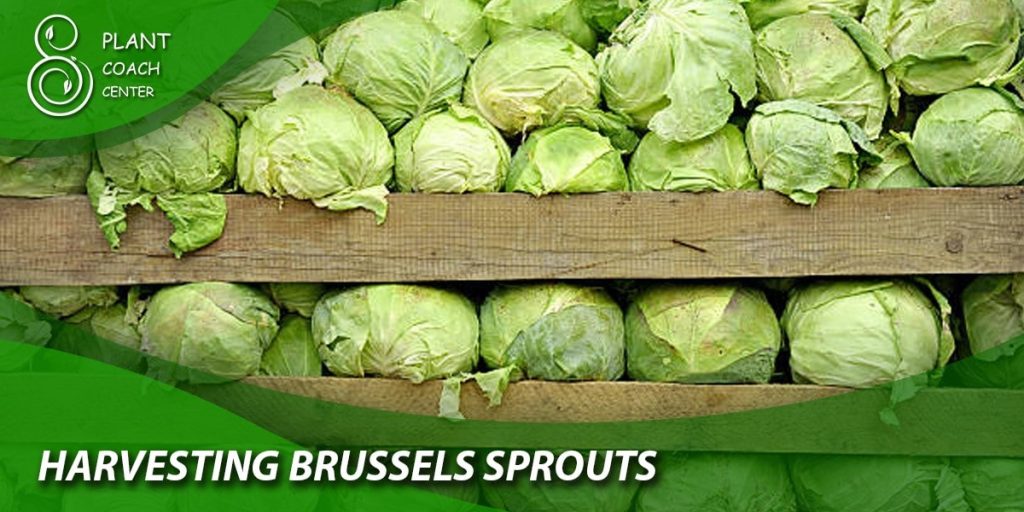
Harvesting Brussels Sprouts
Brussels sprouts typically take 90 to 100 days from transplanting to reach maturity. Harvesting at the right time is crucial for the best flavor and texture. To determine if the sprouts are ready for harvest, examine their size and firmness. They should be about 1-2 inches (2.5-5 cm) in diameter, tightly closed, and feel firm to the touch. Start harvesting from the bottom of the stalk, removing the lower sprouts first and working your way up. Use a sharp knife or scissors to cut the sprouts off the stalk, leaving the upper leaves intact to support further growth.
Extending the Season
If you want to extend the Brussels sprouts growing season in Zone 6, several methods can help. Using row covers, cold frames, or hoop houses can provide protection against early frosts and cold temperatures. These structures help retain heat and create a microclimate around the plants, allowing them to thrive for a longer period. Be sure to monitor the temperature inside the coverings and provide ventilation when necessary to prevent overheating.
Troubleshooting Common Issues
Brussels sprouts may encounter various problems throughout their growth cycle. By identifying and addressing these issues promptly, you can ensure a successful harvest. Common problems in Zone 6 gardens include yellowing leaves, aphid infestations, cabbage worms, powdery mildew, and nutrient deficiencies.
To prevent these issues, maintain proper plant care, including regular watering, fertilization, and pest monitoring. If problems occur, organic pest control methods, such as handpicking pests, applying insecticidal soap, or using neem oil, can help manage the situation effectively.
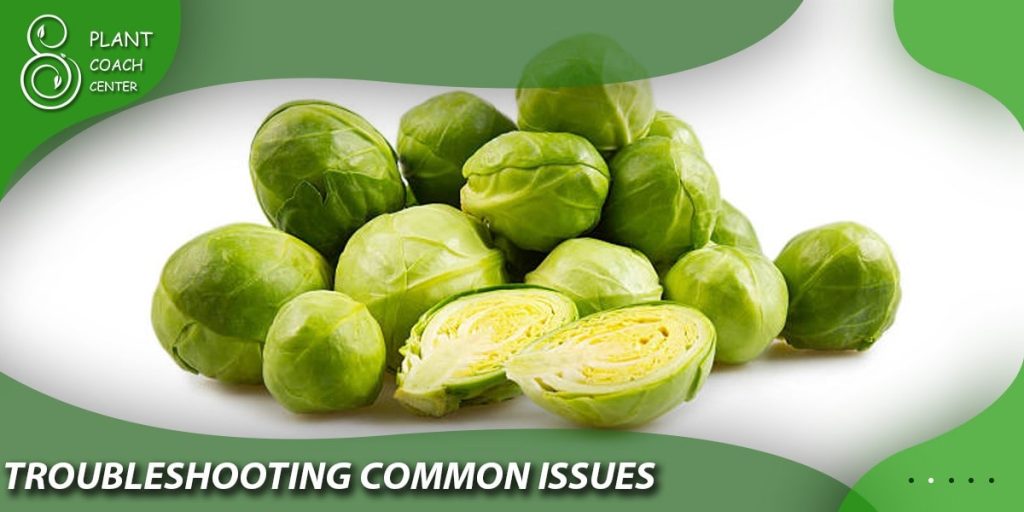
Conclusion
Growing Brussels sprouts in Zone 6 can be a rewarding experience for home gardeners. By understanding the optimal timing for planting, preparing the soil, selecting suitable varieties, and providing proper care, you can enjoy a bountiful harvest of delicious Brussels sprouts.
Remember to visit plantcoachcenter.com for additional plant coaching resources and guidance on resolving any specific issues you may encounter. Embrace the joys of gardening and savor the flavorful results of your Brussels sprouts cultivation in Zone 6.
Can Brussels sprouts tolerate frost in Zone 6?
Yes, Brussels sprouts are cold-hardy and can withstand light frosts, which can even enhance their flavor.
How long does it take for Brussels sprouts to mature in Zone 6?
Brussels sprouts typically require 90 to 100 days from transplanting to reach maturity in Zone 6.
Can I grow Brussels sprouts in containers in Zone 6?
Yes, Brussels sprouts can be grown in large containers in Zone 6, as long as they have enough space for root development.
What are common pests that affect Brussels sprouts in Zone 6?
Common pests that may affect Brussels sprouts in Zone 6 include aphids, cabbage worms, and flea beetles.
How do I prevent Brussels sprouts from splitting in Zone 6?
To prevent splitting, ensure consistent soil moisture and avoid sudden changes in watering frequency.
Can I save Brussels sprout seeds for future planting in Zone 6?
Yes, you can save Brussels sprout seeds in Zone6 by allowing the sprouts to fully mature and dry on the plant. Harvest the seeds, dry them thoroughly, and store them in a cool, dry place for future use.


